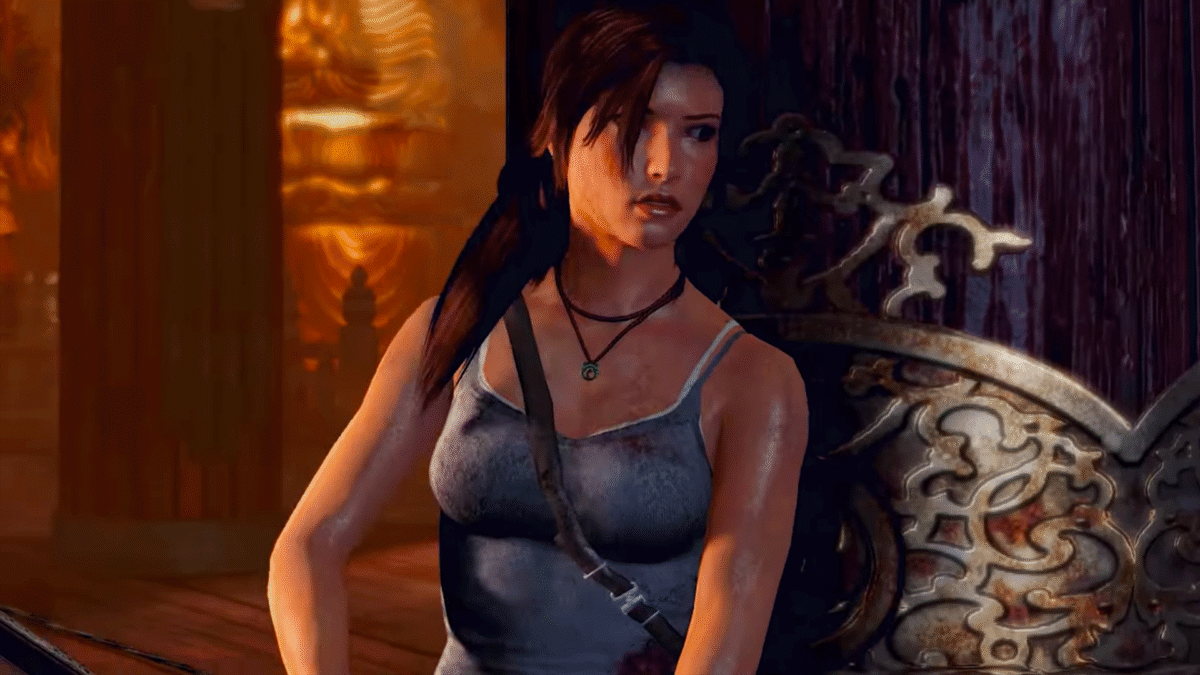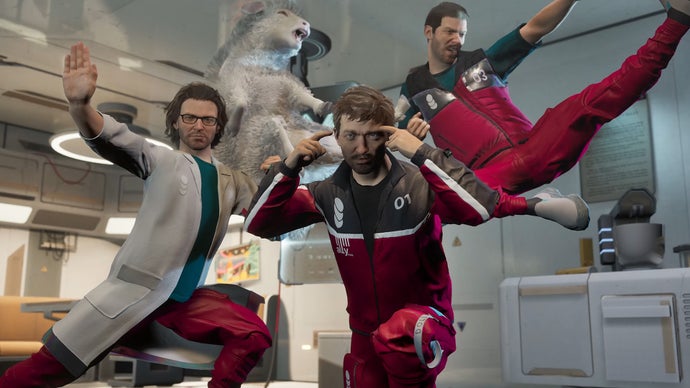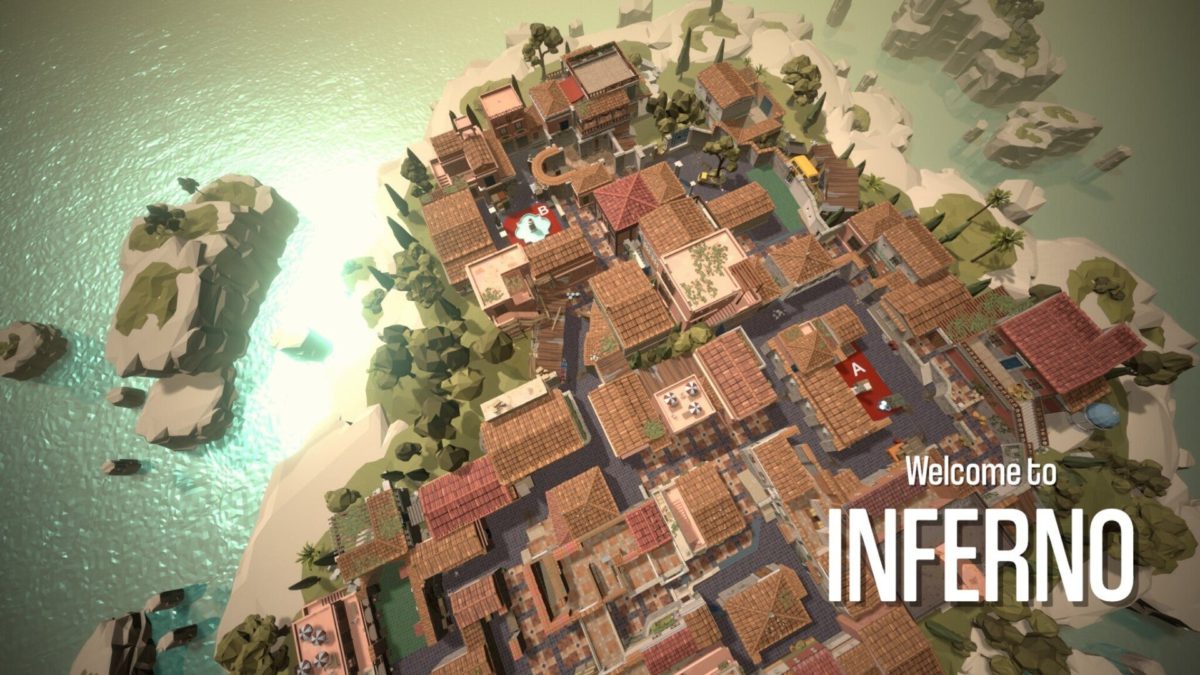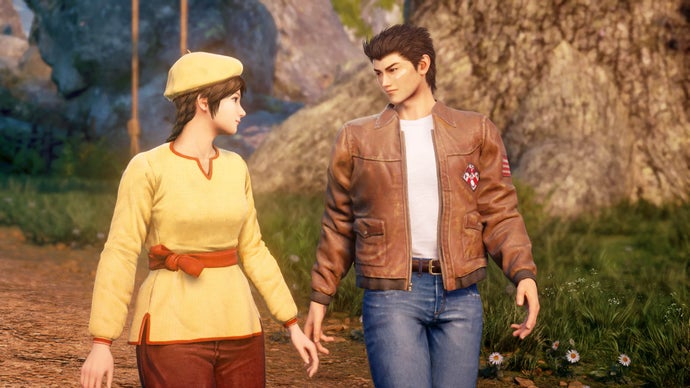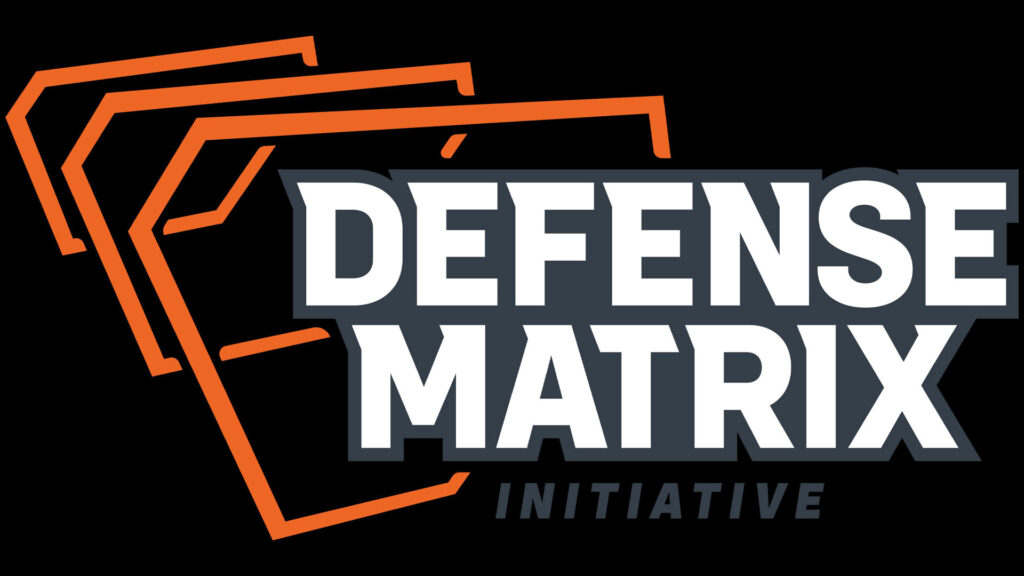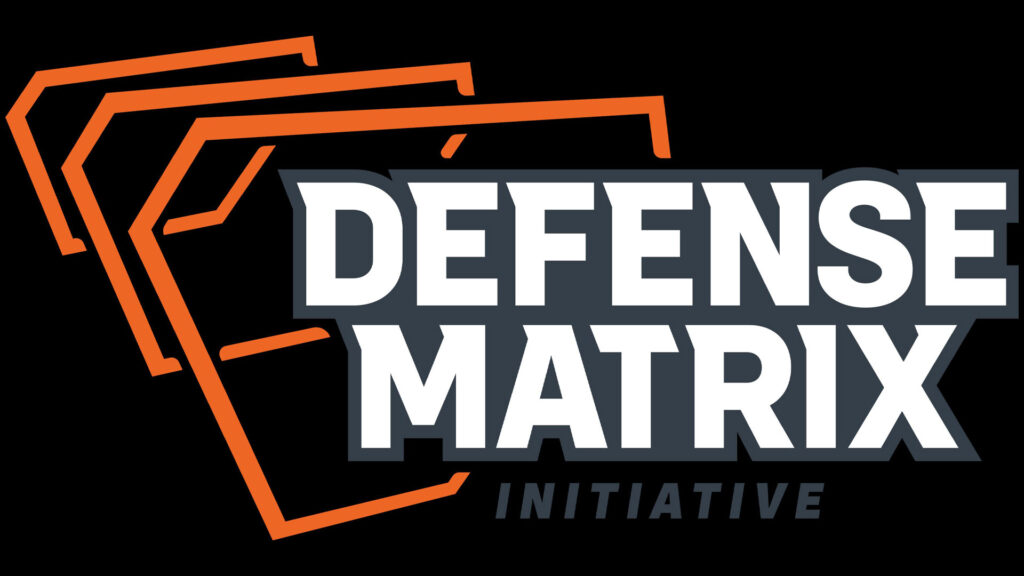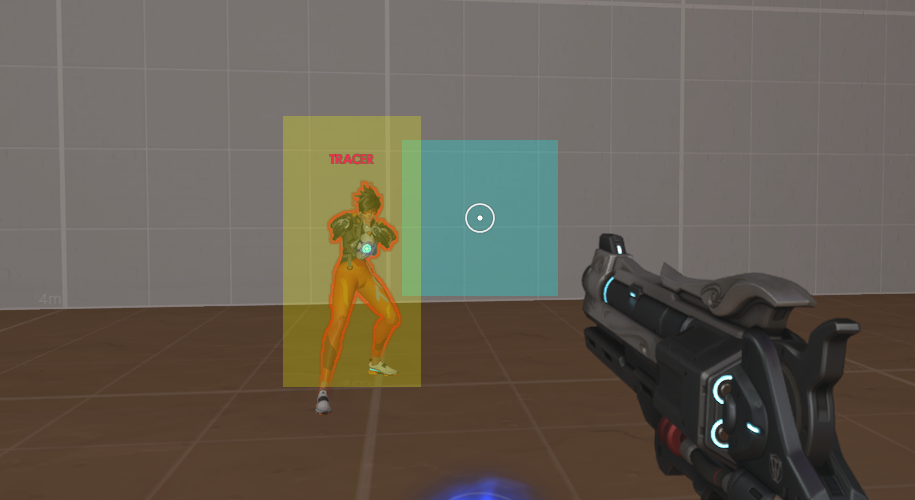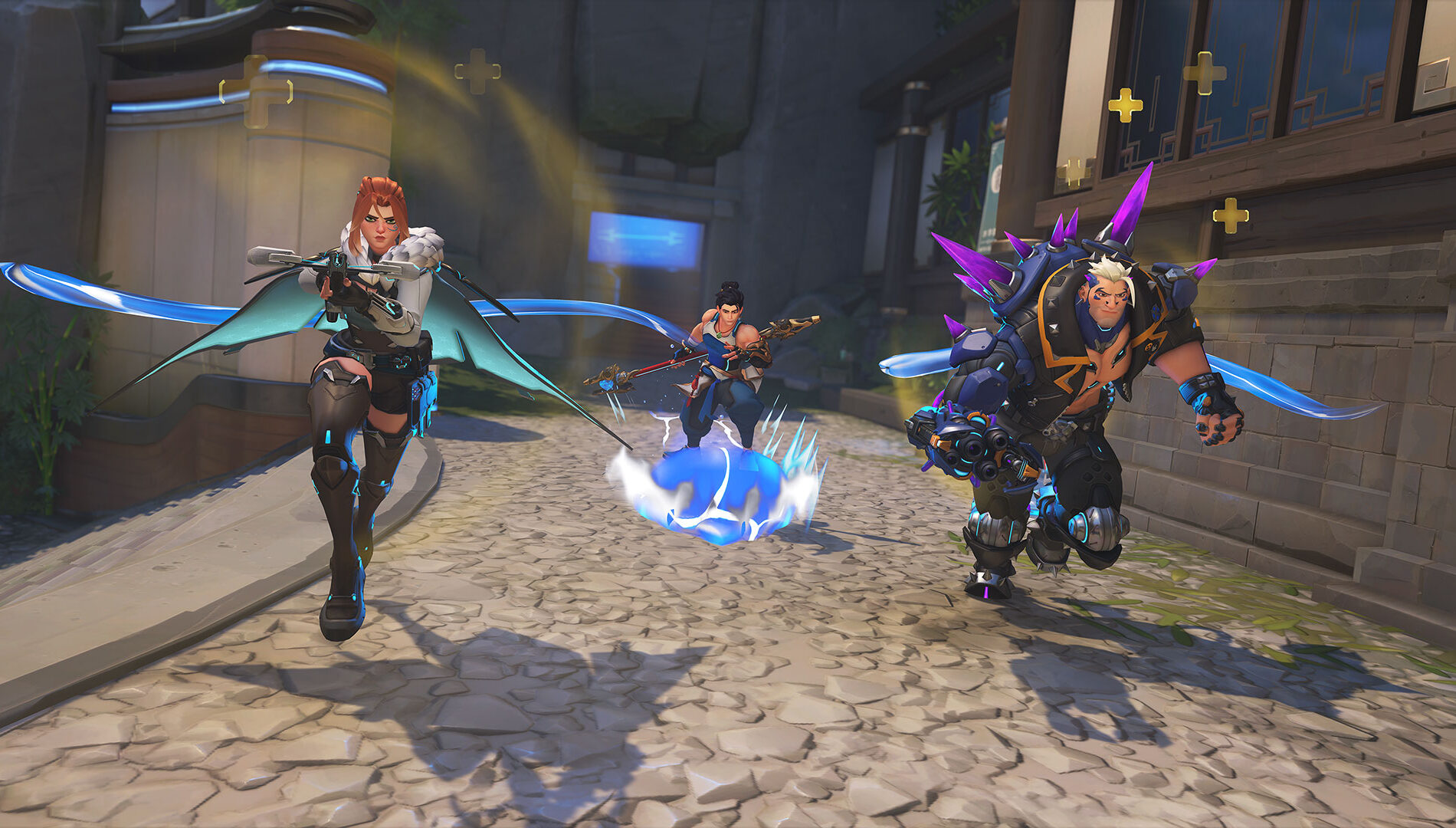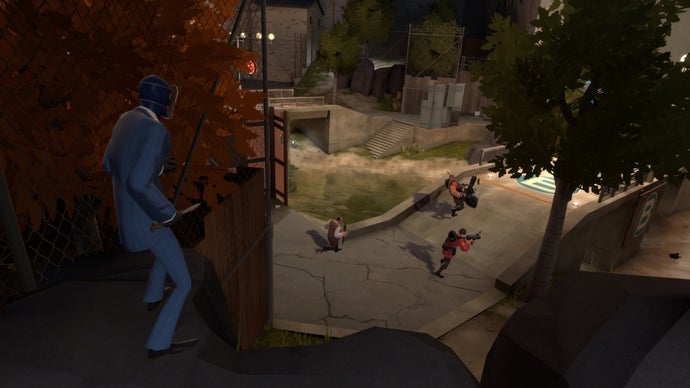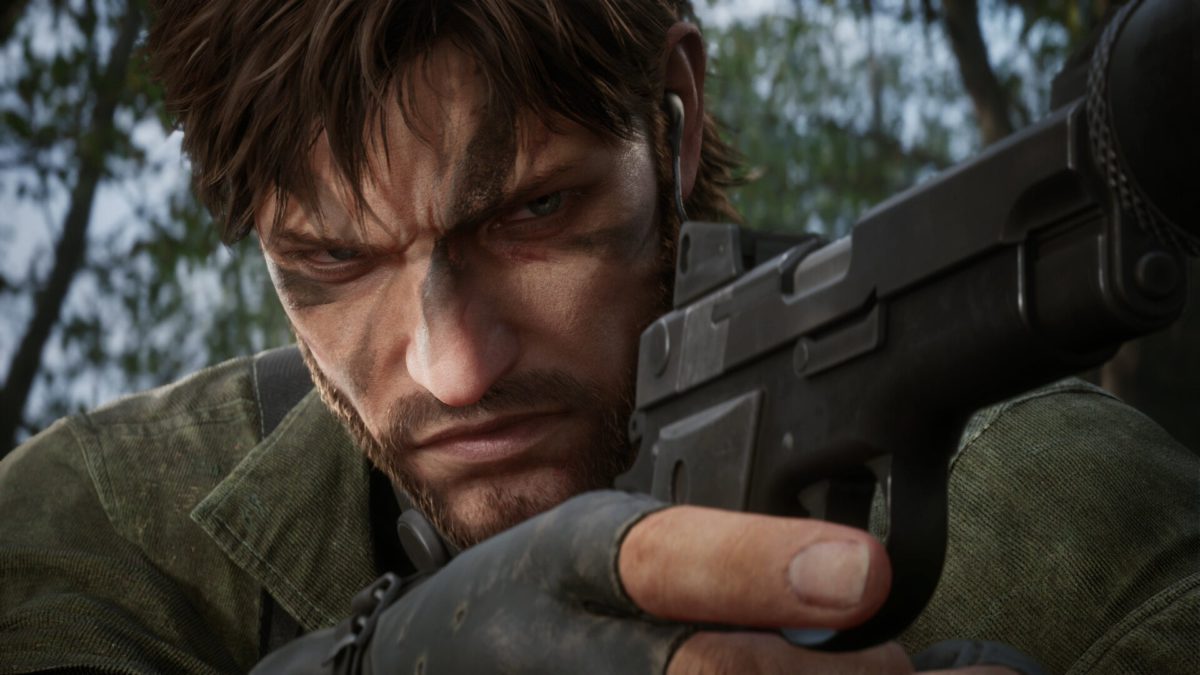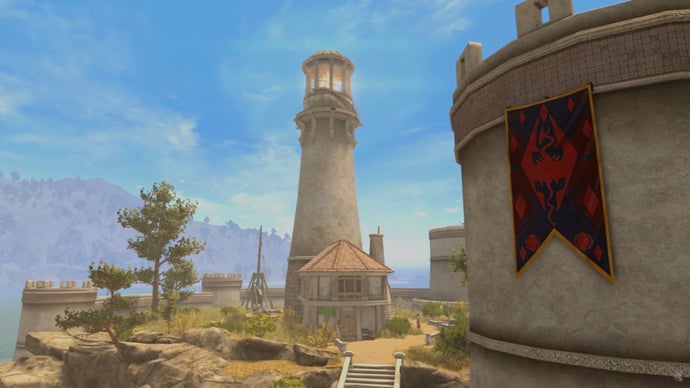
Tomb Raider will be at The Game Awards this week. Which Tomb Raider, you ask? The game or the show? We don’t know! Maybe both!
Lara Croft RETURNS for a moment you cannot miss.
📺 Catch Tomb Raider live at @thegameawards on December 11. #TombRaider #TheGameAwards https://t.co/rV1WzCVvSp
— Tomb Raider (@tombraider) December 8, 2025
This comes from tweets both by The Game Awards creator Geoff Keighley and the official Tomb Raider account. As Keighley puts it, “As just revealed in our The Game Awards Vote in Fortnite map portal, tune in Thursday night for a look at the future of one of gaming’s most iconic franchises, Tomb Raider. This is one you won’t want to miss.”
So, what could be shown? There are a few possibilities. The first and most likely is that we’re about to see the Tomb Raider game that’s been in development at Crystal Dynamics for several years now. First announced in 2022, we have yet to actually see this game in action, though we did get a look at the Lara Croft redesign last year.
One could forgive Crystal Dynamics for being so quiet the last three years, though, as the studio has been through it. Shortly before the announcement, Embracer Group purchased the studio and the franchise from Square Enix. Then, it sold both off to Middle-earth Enterprises in 2024. Amazon is still publishing Tomb Raider, but Amazon has had its own issues with the struggles of its New World MMO, its Lord of the Rings MMO, and mass layoffs. Amazon said over a year ago that the game would reveal was “not too far away,” leading one to wonder what exactly was meant by that. Meanwhile, Crystal Dynamics has undergone three waves of layoffs this year, including 30 individuals last month, an unknown number of workers in August following the cancellation of Perfect Dark by Xbox, and 17 people earlier in the year, as well as 10 others back in 2023.
That’s the game side of things. On the TV side, we know there’s a live-action Tomb Raider series in the works at Amazon in partnership with Story Kitchen, starring Game of Thrones’ Sophie Turner as Lara Croft. The show will, per Story Kitchen, “reinvent the franchise on a massive scale” and will interconnect “live-action television series and video games into a unified storytelling universe.”
But again, it’s been in the works for a while with no updates. We first heard of its development in January of 2023, and it was officially confirmed later that year. There were reports in April of this year that the TV show was “dead” in part due to Tuner’s busy acting schedule and in part due to Jennifer Salke, who greenlit the show at Amazon, being “booted” from her job. There were also allegations that a script hadn’t been provided yet. But then, in September, Amazon re-confirmed the Tomb Raider series was happening and would start shooting in 2026, with Turner still to star.
That’s…a lot going on! With all that background, it seems most likely we’re going to see the game, as the series hasn’t begun shooting yet. However, it’s possible we’re due for a look at Turner as Lara Croft. Given the vagueness of Keighley and Crystal’s tweets…why not both? In the meantime, at least we have the anime…I guess. We didn’t much care for the first season.
The Game Awards will take place on Thursday, December 11, at 5pm PT/8pm ET. Here’s our guide on what else to expect at the show.
Rebekah Valentine is a senior reporter for IGN. Got a story tip? Send it to rvalentine@ign.com.

